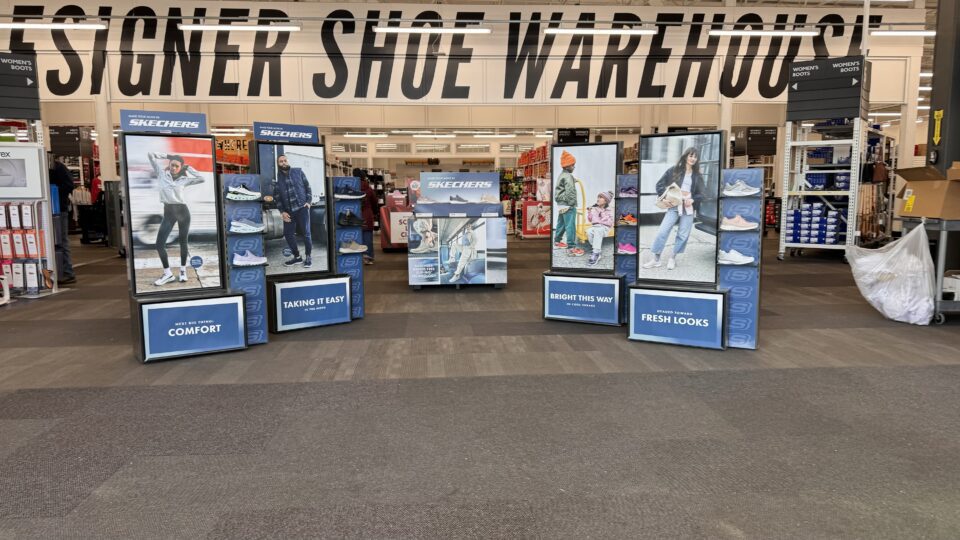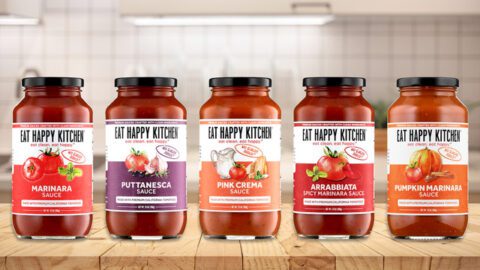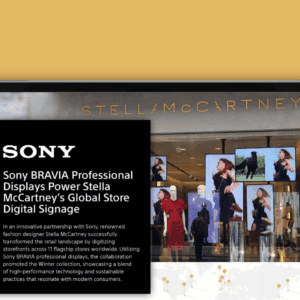It’s no secret that brand loyalty is eroding amid increasing price sensitivity and digital overload. While personalized engagement tactics may have been a nice-to-have in years past, in this current environment they are now a necessity.
To meet this challenge head on, DSW set out to deepen its consumer connections and create experiences that drove meaningful engagement with the help of personalization platform Movable Ink.
“Personalization has become table stakes, but the level and prioritization of personalization should match each retailer’s business goals and capabilities,” advised Kelsey Organ, Associate Director of Strategy at Movable Ink in an interview with Retail TouchPoints. “A common challenge is balancing business objectives with what customers actually want. The retailers that succeed are the ones that find the right balance, creating experiences that feel both personal and valuable.”
That’s exactly what DSW has done through a combination of static and personalized content — and a whole lot of testing — across its customer emails and SMS messages.
Test-and-Learn Approach is Key to Effective Personalization
“As the retail landscape is becoming increasingly competitive, we were challenged with the idea of, ‘If this was the only email customers were to open for a week, how would they respond to this content?’” explained Maria Lee, Senior Digital Customer Relationship Management (CRM) Specialist at DSW in an interview with Retail TouchPoints. “We found that a blend of static content, typically offers, and personalized recommendations was a winning formula to keep content fresh for customers while still meeting business needs.”
But which content can remain static, and which should be personalized? DSW didn’t leave this decision to chance or instinct. Working with Movable Ink, the retailer assessed every element of several email and SMS campaigns to determine in which areas personalized content would be most effective. Those content areas were then populated for each customer based on their behavior, industry trends and economic shifts using Movable Ink solutions, which leverage a combination of automation and AI. The quest to find that right mix was facilitated by no less than 15 different A/B tests run throughout the course of 2024.
“As consumer engagement trends are frequently shifting, our goal has always been continuous testing and optimizations, specifically to top-performing templates supported weekly,” explained Lee. “Several of the templates we’ve tested were in need of a creative refresh, so it was important for us to explore new and different content treatments to understand overall engagement and conversion impact. It’s also been a process of first tackling the ‘low-hanging fruit’ within our campaigns (i.e. linking strategy), then once we had a better understanding of one component of email strategy, working to the next.”
“DSW is a leading retailer in their use of connecting customer data points back to content personalization,” said Organ. “For example, DSW uses onsite behavior to personalize product content based on browsing and cart abandonment, and they have highlighted value through loyalty data to [personalize based on] customer tier, spend and savings — driving real impact for the customer.”
And impact for DSW as well. Here are three examples of how small content personalization efforts drove big results for DSW.
1. Behaviorally Targeted Calls to Action
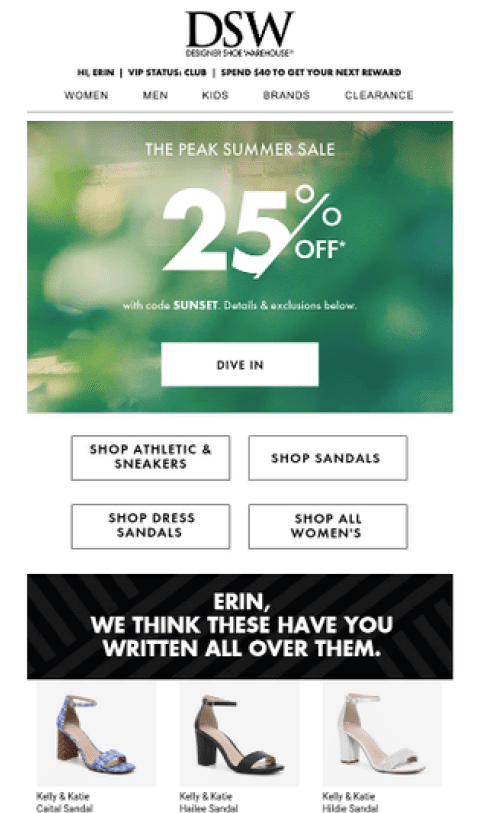
A standard feature in several of DSW’s emails is a set of category-based call-to-action (CTA) buttons, typically based on the season or trends of the moment — think things like “beach sandals,” “slides” and “handbags.” But DSW wanted to see what would happen with engagement if the CTA in some of those sections were based on the email recipient’s actual behavior, such as the categories they were recently viewing online.
DSW rolled out behaviorally targeted CTA buttons that adjusted to each person’s browsing habits to show categories relevant to each shopper. To test the effectiveness of this update, DSW used Movable Ink’s Optimizer tool to run an A/B test over two deployments, comparing the behavioral category retargeted CTAs with the standard static CTAs.
The behavioral CTAs were the clear winner, leading to a 59% increase in conversion and an 89% increase in revenue compared to the static version.
2. Driving Customers Deeper with Weekly Sends
DSW has a number of regular email sends for its customers, include one at the start of the week to stave off the “Sunday scaries” and a midweek pick-me-up on Wednesdays. The Sunday email features new arrivals, bestsellers and top-rated shoes, all tailored to each person’s preferences, while the Wednesday send is even more tailored, with a first name greeting, abandoned cart and browse blocks based on the customer’s recent behavior and gender-targeted product recommendations.
But DSW wondered if it could increase the effectiveness of these sends by changing where the CTAs linked to on its site. The retailer tested two variations: one where items linked to a general category page, and another where items linked to a specific product page with a category CTA.
The product page links clearly outperformed links to general category pages, with a 36.12% increase in clicks and 6.95% increase in revenue, highlighting a larger trend that many marketers are now noting: With the rise of personalization practices such as this as well as advanced search tools, the product detail page is becoming the new home page.
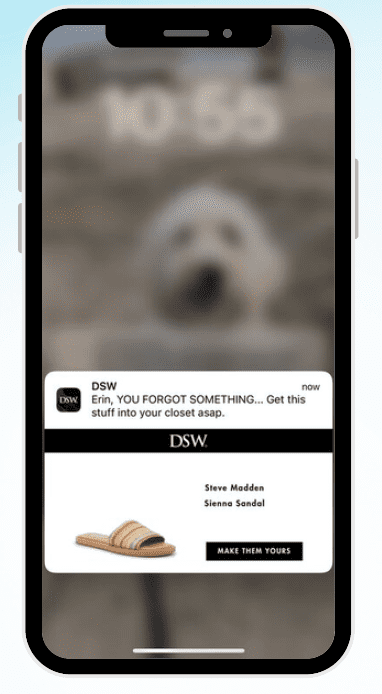
3. Enhancing Reminder Messages with Imagery
Our world is increasingly visual, so it makes sense that adding visual elements can enhance campaign performance. DSW put this to the test with its abandoned cart push notifications. During the holiday period, the retailer tested a Movable Ink “rich” notification that included an image of the exact shoes a customer had left behind alongside its previous text-only notification.
No surprise, the messages with images drove major boosts in opens (an 11% increase) and revenue (a 17% increase).
Personalization: A Job That’s Never Done
These small changes in existing campaigns led to big results for DSW, but the most important takeaway from their efforts is that the opportunities are truly endless. With countless chances to personalize content across a vast range of customer touch points, retailers’ best approach is an always-on, test-and-learn mindset.
“I’ve always challenged myself to have a forward-thinking mindset when it comes to testing and learning within campaigns,” said Lee. “We have found so many optimizations from testing within our program, whether it’s with personalized or static content, and have seen a direct impact on engagement and revenue. With an ever-growing and changing retail landscape, we are continuing to adapt to our customers’ interests and needs and that has really benefited the program.
“[Looking ahead], we would love to explore the idea of inter-channel personalization and meeting our customers’ needs where they are most likely to interact — whether that be by email, app notification, SMS or even through a paid ad,” Lee added.



